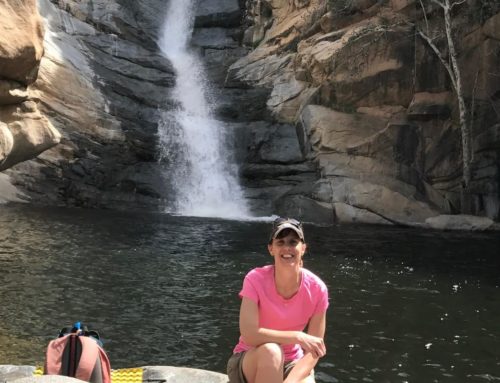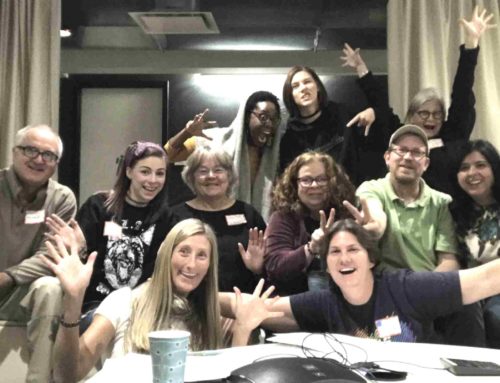CEA and SDCP Expanded to Escondido, San Marcos, National City & Unincorporated County of San Diego
It’s not a Conspiracy, but it is a Revolution
It’s been a long time since we had choices for how we purchase the electricity to our homes, apartments, condos, and businesses. This time you choose between a non-profit organization run by your community via our elected leaders, and a private company that often seems to meet the minimum requirements and charge a lot for that behavior. Despite some of the confusion or rants you might hear from your neighbors, CCAs are beneficial to the climate and our community, focusing on transitioning to renewable energy faster and investing in our region.
San Diego Community Power has provided power to five cities over the past year, San Diego, Chula Vista, Encinitas, La Mesa, and Imperial Beach. Now they are growing their geographical area to include National City and the County of San Diego starting in April. This makes SDCP the second largest Community Choice Aggregation in the state of California.
Clean Energy Alliance has provided power to three cities, Solana Beach, Carlsbad, and Del Mar. Their new additions are Escondido and San Marcos beginning in April, and Vista and Oceanside starting in April of 2024.
As our CCAs have been established and expanded, each member city adds an elected leader to the CCA Board, to represent their community’s best interest. In addition, each CCA has a Community Advisory Committee which includes appointed volunteers from each city to help provide guidance to the CCA, and share information back to the community. So instead of a private company intent on shareholder profits, our CCAs are community owned and operated and give any profits back to us in the form of programs including rebates, educational efforts, and community projects where renewable energy is localized more and more.
Many people assume that the CCA will either greatly raise or lower their energy costs. The truth is that throughout the initial year of providing power to customers, the CCA has delivered more renewable energy for slightly less money. There are big portions of your bill that are actually related to the transmission and maintenance of the grid, so around three quarters of your bill are not changed, going to SDG&E. But the actual power purchasing, and therefore power delivery, for your home is done by the CCA. Our CCAs are committed to increasing the portion of renewable energy in even their lowest cost plan over time, and at a faster rate than SDG&E.
100% Options
What about the 100% renewable energy plan, and should you bother? I’m glad you asked, because you can really punch above your weight as a consumer. 100% renewable is called Green Impact at the CEA, and Power100 at SDCP. When we enroll in, and task our CCAs to deliver, 100% renewable energy, we send them to the energy market where they must satisfy our needs by buying that extra solar, wind, or geothermal energy. They avoid the fossil fuel aisle altogether, transforming our collective consumption and drastically dropping power generation emissions. What if the shelves are empty because the other CCAs got there earlier? This drives the market to build more renewable energy faster to satisfy our hunger. By expressing our renewable needs directly, we accelerate the transition. And the good news is the cost difference is so small between the fossil mixed version and the pure 100% that many customers can make that choice, precisely $0.0075 more per kWh than their base mix at both CCAs. SDCP estimates the average customer pays just $4 per month more for 100% renewable. With recent increases at SDG&E, it’s about what you’d be paying if you didn’t leave them. For most, this is the right choice, if you can afford it. Energy costs are high, so if you feel you can’t swing the cost of a 100% renewable plan right now, please consider doing it later if you feel you can. They’ll be waiting for your call, because it’s in their mission to speed this transition away from fossil fuels. Both CCAs allow you to switch your mix back and forth at any time.
Solar Impacts
If you have rooftop solar, don’t worry. You’re included too. The CCA still works with SDG&E going forward, and they will keep your existing Net Metering commitment, and your Tiered or Time of Use plan choices. Your changeover to the CCA will likely be delayed though, taking place on your anniversary true-up date. I found my true-up date on my SDG&E bill under the section entitled Net Energy Metering Summary. Speaking of true-up, SDCP does have a monthly true-up by default to prevent sticker shock of an excessive annual bill to solar owners who significantly underproduce. But the net metering value all works out the same over time as it did under SDG&E. If you prefer to true-up annually, instead, because you’re a net-producer and don’t want to fuss with electric bills each month, there is a form for that on the SDCP Net Metering page. CEA remains an annual true-up for all solar customers. Both CCA’s pay slightly higher for overproduction at the annual true-up, but as with SDG&E, it’s a small rate based on wholesale prices.
Easy to Choose
Do you have to fill out a bunch of complex forms to switch? No. The California Public Utilities Commission has so much faith in the good intentions and positive aspects of CCAs, that you will be defaulted into your CCA automatically; however, you will be placed in the lower renewable mix choice. I recommend, if you’re able financially, to head to their website or place a call to them. I spoke to Jonathon at SDCP who was extremely knowledgeable and took the time to answer all my questions. With your SDG&E account number and some just some basic information, you can quickly and easily opt up to 100% renewable energy. If for any reason you find you’re not happy with choosing the CCA, you have the option to switch back to SDG&E, so it’s really no risk.
Unfortunately, most customers have proven too busy to take the time to opt up, and remain defaulted in the lowest renewable option. Encinitas residents actually defaulted to 100% because the city made that choice, and most have stayed, which is a great endorsement for the plan. But it reminds us we’ve all got to try to make the differences where we can to lower emissions and help save the environment.




